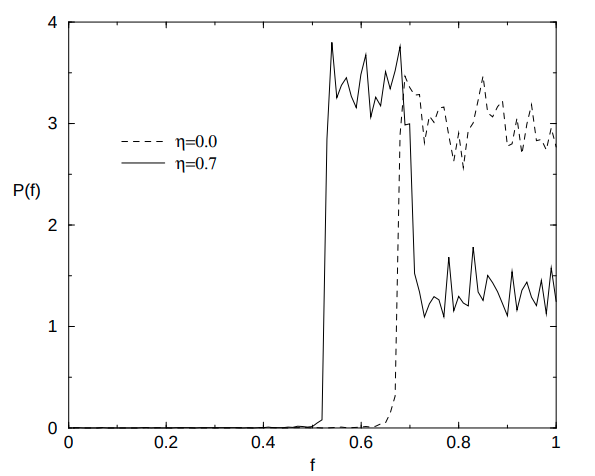Adapting a simple biological model, we study the effects of control on the market. Companies are depicted as sites on a lattice and labelled by a fitness parameter (some `company-size' indicator). The chance of survival of a company on the market at any given time is related to its fitness, its position on the lattice and on some particular external influence, which may be considered to represent regulation from governments or central banks. The latter is rendered as a penalty for companies which show a very fast betterment in fitness space. As a result, we find that the introduction of regulation on the market contributes to lower the average fitness of companies.

Adapting a simple biological model, we study the effects of control on the market. Companies are depicted as sites on a lattice and labelled by a fitness parameter (some `company-size' indicator). The chance of survival of a company on the market at any given time is related to its fitness, its position on the lattice and on some particular external influence, which may be considered to represent regulation from governments or central banks. The latter is rendered as a penalty for companies which show a very fast betterment in fitness space. As a result, we find that the introduction of regulation on the market contributes to lower the average fitness of companies.
